How to sow lawn grass correctly
Nothing is more pleasing to the eye than a beautifully designed summer cottage or other green area. Please note that when choosing where to go for a picnic or a walk, people tend to prefer beautiful surroundings. The beauty of the landscape lies in everything in the architecture, trees, grass. The last nuance most of all influences the choice, because it is more pleasant when the house is surrounded by a green lawn, on which it is pleasant to step.
Benefits of Green Carpet
A bright accent falls just on the green part of the landscape, that is, on the lawn or its absence. With the second scenario, no matter how well-groomed the area is, the whole picture will float. One little detail changes a lot.
The “carpet” of greenery outwardly adds life to the overall picture. The modern selection of lawn options allows you to choose from different types of landscaping.
- Please note that lawn grass will appeal to allergy sufferers who have a frequent problem with sneezing from pollen. It is important to start mowing long before flowering begins.
- Reducing noise. The cover promotes the extinction of sounds and affects the overall sound level by lowering it.
- No weed. A well-groomed meadow, without harmful plants, positively contributes to the influence on neighboring flower beds and beds.
- Reduced risk of erosion. Storm flows cannot erode the soil due to the presence of a "green carpet"
- Healthy climate of the site. The desired coolness from the lawn will be obtained due to the fact that the lawn consists of plants that breathe and evaporate moisture.
- Stop for fires. In the event of a fire, if it is located along the perimeter and is able to delay the fire, without giving it, it will spread to the entire perimeter and adjacent areas.

It is impossible to single out one of the most important advantages of using a lawn from this list. Each of the points has a beneficial effect on life and being on such a site.
Lawn classes
For each case, there is a lawn class appropriate for use. How to sow grass if you don't know which class you need? Agree that covering, like on a football field, will look ridiculous in the country. The main varieties can be distinguished:
- Not herbal.
- Lugovoi.
- Mauritanian.
- Ordinary (landscape gardening).
- Sports.
- Parterre.

Parterre
This class can be recognized by how exquisite, expensive, spectacular and beautiful it looks. This is an elite type of coverage. Before its creation, special work is carried out with the soil, most often it is the addition of black soil. An even and dense cover is achieved with a mixture of herbs and special crops. Excellent resistance to both frost and drought, excellent recovery after mowing.

It is difficult to say whether fountains, artificial reservoirs, architectural structures complement the lawn, or the lawn complements them. But in general, this solution looks very harmonious.
Garden and park
Ordinary lawn.It can often be found in parks, gardens in unoccupied areas. Simply put, in a recreation area. Such landscaping looks simpler than parterre, including maintenance. Differs in increased resistance to physical influences.

The gardens and parks have a large selection of lawns. One of them is not herbal. The area is sown with flowers and herbs. The peculiarity of this choice is also due to the fact that they have a beautiful aroma and easy care. Of the flowers used are chamomile or clover.
Lugovoi
Large park areas are filled with meadow grasses. It can be a mixture of comb, fescue, bent grass, all types of clover, reegrass (one and perennial). The density and color of the grass cover of this species changes in the shade of bushes or trees. This effect is due to the fact that this cover needs a lot of sunlight.

Decorative lawns have a decorative function and are of low stress. The main criteria are aesthetics and bright color.
Sports
The covering, on which the quality of the game of the sports team and a beautiful picture for the view of the fans depends. When choosing varieties and species, special attention is paid to resistance. The most striking example is the football field.
To play football, you need a flat and firm surface. Two types of grass are used here. The gate area is subject to more stress and needs a more resilient plant. Perennial ryegrass does an excellent job with the tasks that fall on this zone. The site is able to recover quickly and withstand high loads.
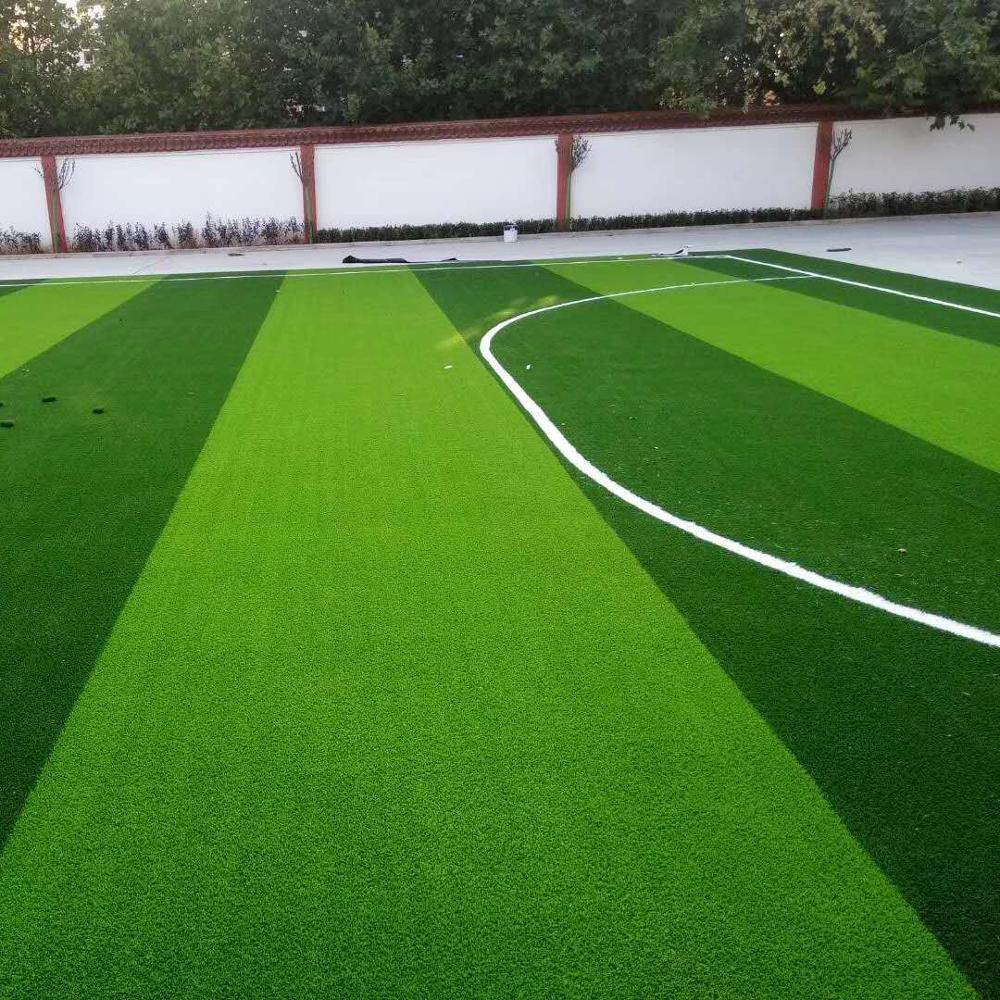
The total area is often filled with red fescue. As long as there are no fans in the stands and no footballers in their working area, the field is treated in the same way as for other lawns. It also requires periodic mowing and feeding.
Although golf is not as intense and active a game as football, the field coverage also requires special attention in the first place. The consequences of a properly designed lawn can affect the course of the game. How the reverse outcome of events with poor coverage is possible:
- the speed of the ball will be distorted;
- the inability to accurately direct the ball into the hole due to the incorrect height of the grass cover;
- loss due to the fact that the rebound of the ball was incorrect and due to the incorrect inclination of individual areas of the court.

The organization of such fields is made either on sand or on a mixture of sand and earth. Roll lawn and mixtures of herbs are used: meadow bluegrass and perennial ryegrass. Raf is a wild part of the field and it would be appropriate to sow high landscaping on it, it does not need frequent mowing.

For tennis, the requirements for the surface of the court are much lower. Maintenance personnel don't bother mixing herbs for each zone. They resort to using the 1st cereal culture. The cover is also watered and sheared. To avoid troubles with the compaction of the turf, piercing is performed at the end of the season.
Varieties and mixtures of lawn grasses
The most uniform and attractive lawn is obtained when one type of grass is planted. The ease of choice is complicated by the fact that it is necessary to take into account the type of coverage (parterre, meadow, etc.) and illumination (sunny or shady). But this is not so difficult if you take into account one more fact: of all the available plant species, only a few are suitable for the lawn.
At the same time, it is not a fact that they can be combined with other factors that affect the quality of sowing. Therefore, use a mixture of herbs. It consists of 7-9 types of grass.
Pasture ryegrass
Landscaping with this type of plant can be carried out on all soils. On heavy ones too. It does not have good winter hardiness.When cutting ryegrass, it is better not to go overboard with a haircut.

Multiflorous ryegrass
This species loves moisture (but not flooding) and warmth. It differs in that it grows rapidly. It has proven itself positively on loamy fertile soils. Suitable for decorative lawns.

Meadow bluegrass
This type of plant is recommended for use as part of a mixture. The reason for this is the slow growth of the root system. The soil for good growth can be moist, loamy and fertile. Grows back well after mowing. Can withstand flooding and severe frosts. Not afraid of shade and drought.

Red fescue
Plant resistant to frost: winter, spring, autumn. Has high moisture requirements. Fescue is not picky in case of flooding. It is preferable to plant it on light loamy and medium loamy soils.
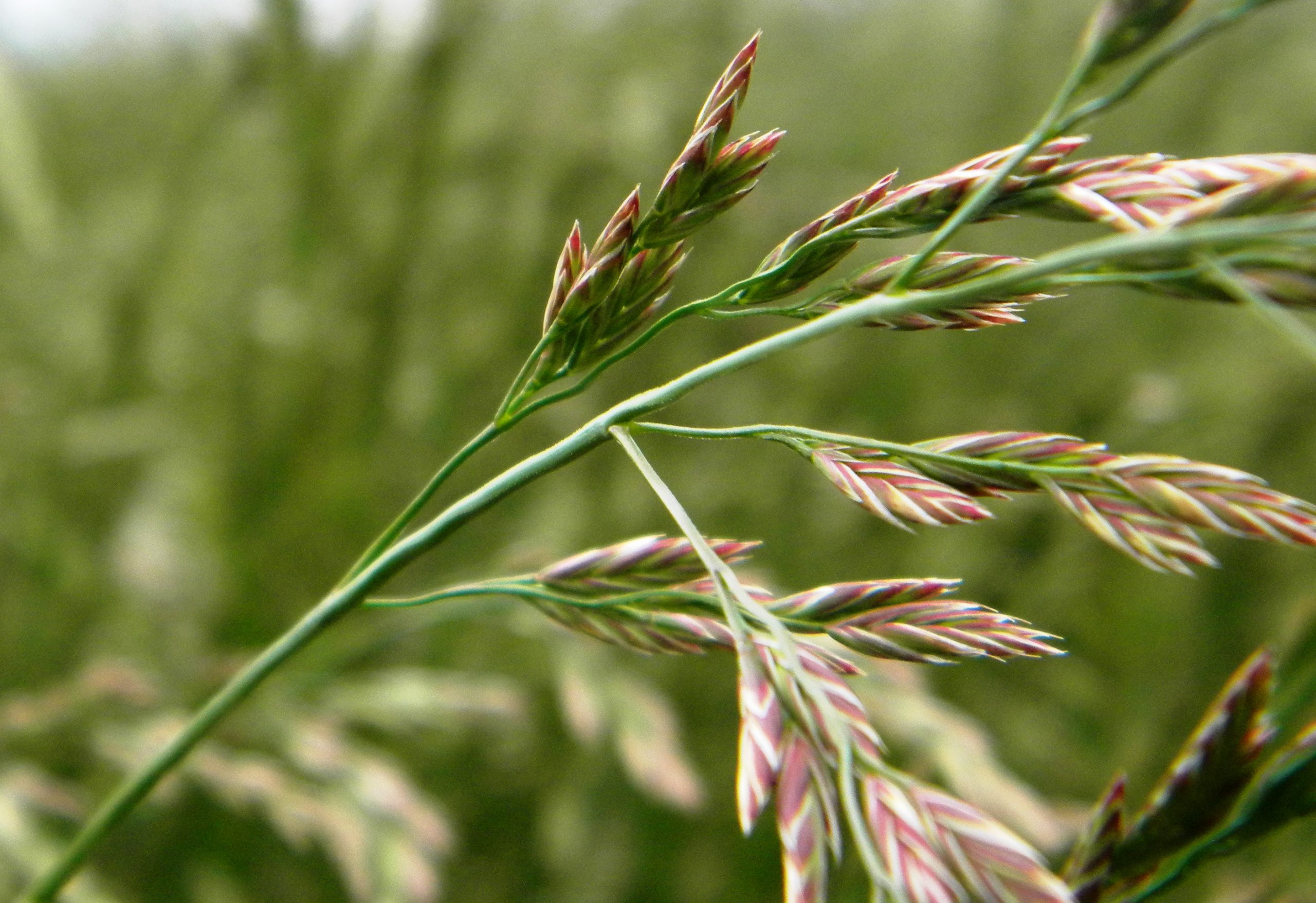
Tough red fescue
All of its characteristics are suitable for use in professional sports fields. Haircuts are possible up to one centimeter, and can be frequent. The plant is dark green in color and is very slender. The coverage of the lawn with hard red fescue is dense.
The vegetation is resistant to fungal diseases. Landscaping, Classic lawns, decorative areas and sports fields - all of them can be sown with this type of fescue.

Sheep fescue
Particularly resistant plant. Since it can grow on all types of soil, it tolerates drought, heat and winter hardiness. Good shading tolerance. In addition to the home lawn, they are used: on roadsides, embankments, dunes, and so on. All these terrains are characterized by low wear levels. Sheep fescue can form bumps over time, which will make green mounds over the area.

Optimal sowing time
The result from sowing directly depends on the factors of moisture and heat. In spring, the best month to start sowing work is when the snow has melted and the soil no longer sticks to the sole. From about April to mid-May.
In summer, good conditions with the right humidity and temperature are observed in June. In the middle of the season, doing it is a risk. Those who disobey the advice of experienced gardeners get one of 2 results. The first - the grass did not sprout, the second - sprout, but of very poor quality.

The optimal season is autumn. Try to do it 45-50 days before the frost starts. At the beginning of autumn, you can safely sow and still have time to mow it. The result will not cause a crazy reaction, but next year, you will already have a ready and beautiful lawn.
The subwinter period is eligible for sowing if the temperature does not drop below 3 degrees Celsius and the ground is loose. During this period, increase the amount of seed material by 1.5-2 times. Compact the soil immediately after sowing. The advantage of this option is that you can see the first grass ascending in early April, when there is still no opportunity to sow landscaping.
How to properly prepare the site
Any kind of work begins with a preparatory stage. Also in lawn planting. The instruction for the whole process reads about three main points:
- preparation of the area;
- choice of material;
- landing.

The first and most important stage of life should begin with cleaning and cleaning the site from weeds, debris, stumps. Ultimately, you want to see the lawn and the trees on it? Then the process of planting trees should be started exactly at the start-up stage, and not after work with a green surface.Pay attention to whether the water is stagnant in the area.
Provide a good drainage system if such a moment was noticeable. When creating a drainage system, a chemical method is often used. It is necessary to plant grass after such work on the site not earlier than after 3-4 weeks.
Lawn sowing rules
How to properly plant lawn grass in the country with your own hands can be found out after familiarizing yourself with each stage of this process. Arm yourself with garden tools and your chosen plant species. The work will be done manually using water. A spectacular lawn is obtained under the following conditions:
- For 1 square meter, with a depth of 2 millimeters, plants need to be planted in an amount of 50 grams.
- Sowing in combination with fertilizers from nitrogen, phosphorus and potassium.
- An even cover is achieved by planting one part horizontally, the other diagonally.
- Sealing is done with a rake.
- Pack the soil with a roller, but with moderate force.

Seed selection
In order to make it easier to choose which material is needed, rely on the main list of differences. There are sites:
- with significant sunlight (solar);
- with significant blackout (shadow);
- combined sun and shade zones (universal);
- with the need for a quick restoration of the coating (fast).

For each of the species, you can choose your own herb or its mixture. Cereals themselves have advantages and disadvantages. You can compensate for the weak side of the selected material by the fact that the choice will fall on a mixed option for sowing.
Sowing process
After carrying out all the preparatory measures, removing unnecessary things, planting trees or bushes, carrying out drainage, you can start choosing a beautiful lawn material. How to plant grass video will help you see the correct actions during the planting process.
Seed
We sow lawn grass with our own hands with watching a video.
It is important not to forget that cleaning the area before sowing seeds is one of the components of the preparatory work. Remember to break the breasts and lumps on the ground. This can be done with glanders and rakes. After the ground is level and clean, you can sow.

Advice! The selection of seeds should be carried out carefully, taking into account all areas of the site and climatic features. Before sowing, we arm ourselves with a canister or a special lawn seeder.
Rolled grass
The most beautiful green area is usually created with rolled grass. This type of landscaping also starts from the preparation stage. The area must be cleaned of excess debris. Fill the site with fertile soil and compact it well.
The cleaned soil remains dormant for 2 weeks so that the weeds appear, after which we remove it. We are waiting for another couple of weeks, if the removal was not effective, we repeat the steps with the use of the herbicide.
A standard lawn roll has the following parameters:
- Weight: 25 kilograms.
- Width and length: 0.4 x 2.

Calculate the amount of material taking into account the fact that 12 and a half rolls are enough for every 10 square meters. Take into account the bends of the area, throw up to 10% of the stock.
You need to lay it from the place that is more convenient. In this technique, it is worth remembering that the joints of the rolls in length should be similar to the joints in brickwork - randomly. And the stripes are joined, as when gluing wallpaper - one next to one.
Move to the freshly laid lawn after compacting it. This can be done with wide boards. Thanks to such actions, the chance of getting individual dents is eradicated and the flooring is evenly compacted.
Advice! After two weeks, do your first haircut.Ground the seams after another 7 days, by which time the sod will have settled. It takes less than two months to see how the seams between the stripes are completely tightened.

What to do right after sowing
Planting seeds is not enough, they need to be closed with a rake and moderately tamped with a roller. Every day, the area should receive a sufficient amount of moisture. Water evenly. Before green vegetation begins to hatch on the territory, it will take about 20 days.
It is important not to rush to step on the lawn and enjoy the work done. Be patient for another 14 days. At the end of them, it will be possible to assess what you have done, not only visually, but also by touch.
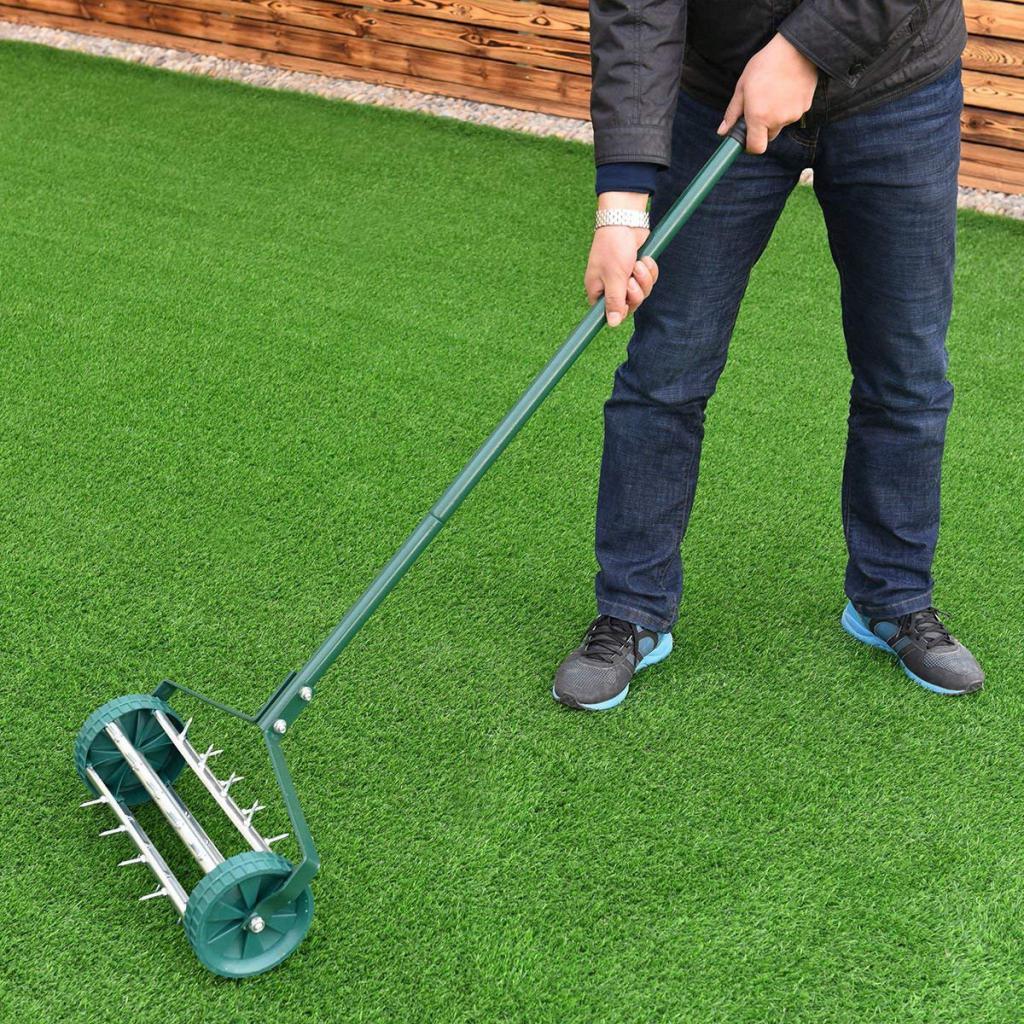
Sowing seeds in dry soil is a mistake. Because, the sprout will either drag on for a long time, or it will be completely absent and all the work is in vain. It is important not to skip the step of doing good drainage. Watering the area should be done, and if the drainage is well done, there is no need to be afraid to overflow the water. This is especially important during the dry summer season. Consider the fact that young plants are especially sensitive to moisture changes.
The period of growth and development needs additional fertilizing. All processes that will be carried out on the grass: rolling. Clipping, etc., will damage the plants. They need funds to recover. To get a quick visible effect, use organic and mineral fertilizers.
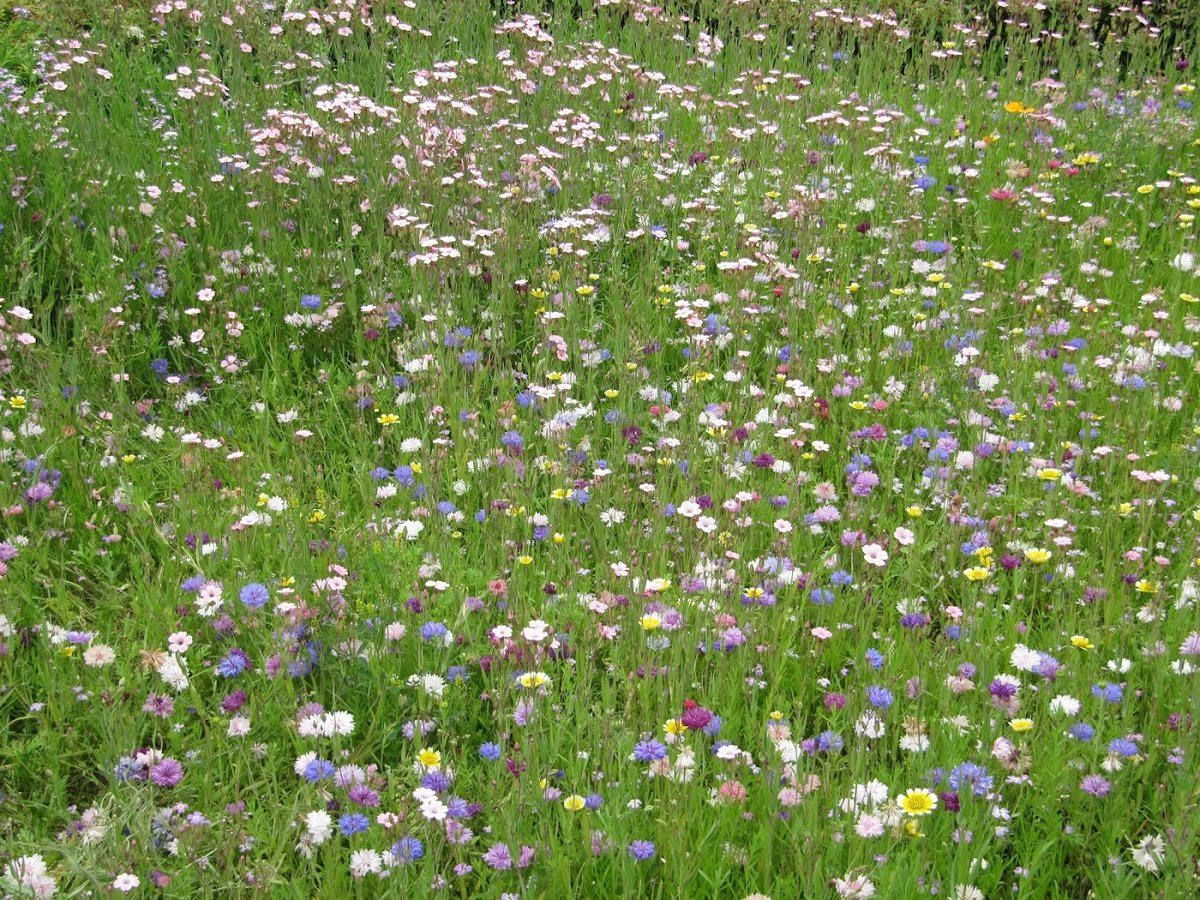
General rules for lawn care
Everything that surrounds us needs to be looked after, then it will delight with beauty and longevity of service. Basic care:
- A haircut.
- Watering.
- Top dressing.
- Weeding.
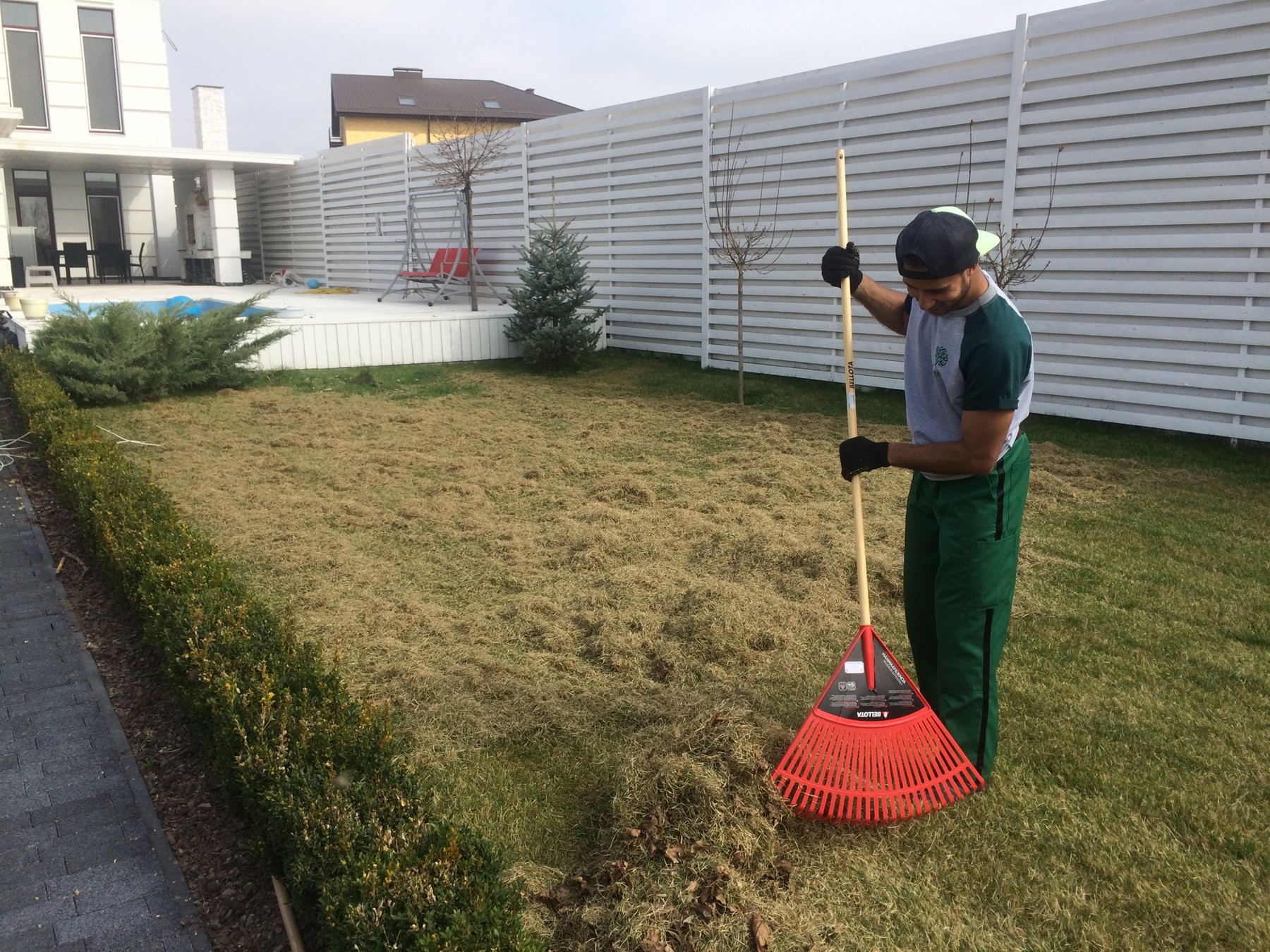
Performing each of them to the fullest will provide a beautiful lawn, which is pleasant to be on, and which gives aesthetic pleasure.
The only season when you can ignore your green area is snowy winter. In the rest of the year, it is worth remembering that your territory requires care. In the period spring - autumn, the grass is mowed. The regularity depends on the type of grass, seasonality, weather, and the nature of the soil.
You should not abuse and incorrectly carry out the procedure, this entails negative consequences. Don't go to extremes, or too often, or rarely, but briefly.
It is important to know the general rules for cutting grass:
- The grass has become 1.5 cm higher than the recommended one.
- The active period of growth is summer. The frequency of the procedure is twice a week. An exception in the summer is aridity, then a haircut is carried out no more than once every 7 days. In spring and autumn, once a week will also be enough.
- If the grass grows heavily, cut in several approaches: first, the tips are cut, then even shorter, and in the final approach the recommended height is created. Several days should pass between each stage.
- Please note that an electric lawn mower and a wet surface are not compatible. Carry out the procedure making sure the greens are dry.
- By determining the direction of the cut, so that the next strip goes at a certain angle to the previous one, you can avoid the growth of broadleaf grasses and the formation of ribbed stripes.
- Mulch your lawn every year.
- At the beginning of winter, do not cut the grass in strong winds, this will allow the grass to go under the snow with frostbitten ends.

Water properly. Relying on the fact that in the warm and hot seasons, the lawn is watered more often. It must be possible for the ground to dry out in order to get the required amount of air. This promotes the development of the root system.
The lawn is a part of the ecosystem and pests can also start in it.Do not forget to inspect the entire territory for their presence and try to get rid of them as quickly and efficiently as possible.
The simplest recommendation for preventing the appearance of centipedes is to air the soil. With frequent formation of the problem - take up the fight against them with the help of chemicals, it will be appropriate to do this in the fall. The lawn is not protected from the sabotage of moles. They need to be dealt with by appropriate methods: pour water from the special. means into the hole. If you have pets, do not walk them in the green area.
Video: how to sow lawn grass





